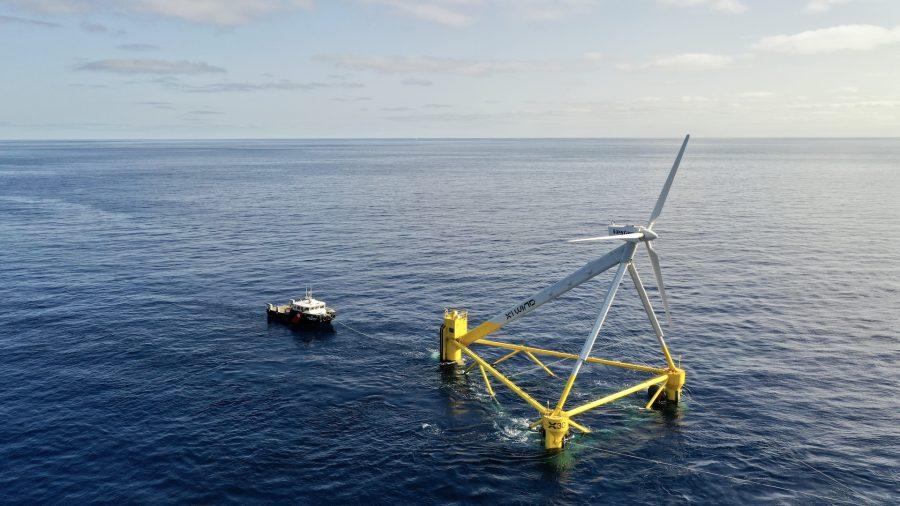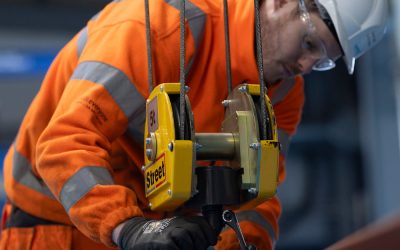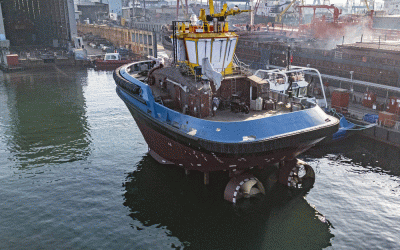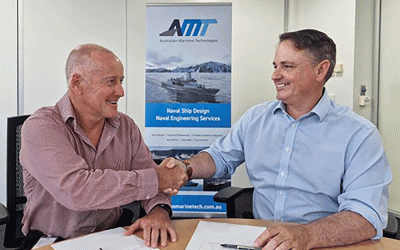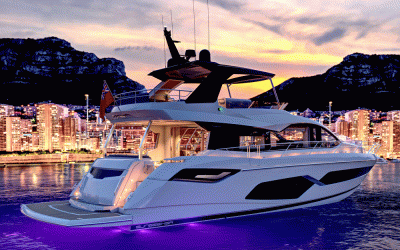Following on from previous wind farm support-themed conferences, the Royal Institution of Naval Architects (RINA) has teamed up with class society ABS to host Offshore Wind Summit 2023 in Aberdeen, UK on 3 October 2023. Open to members of RINA and non-members alike, the event will provide an overview of some of the state-of-the-art and innovative technologies emerging from this sector, and will provide a valuable opportunity to debate and network with fellow professionals.
The forthcoming event will particularly focus on floating wind turbines. Although a relatively new tech development, these units have evolved rapidly over the past four years, and are expected to play a substantial role in future offshore renewable energy capture.
For a start, floating wind turbines can be installed in deeper waters than has previously been the case, bypassing the need to anchor these structures to the seabed – a potential problem when the seabed is too soft or uneven to support conventional turbines (or in eco-sensitive areas). Floating wind turbines are also less susceptible to wind and wave damage, incorporating mooring lines and buoyancy devices to maintain stability in harsh conditions.
At the same time, these floating turbines include some serious behemoths – the Haliade-X 12MW model, for example, features a rotor diameter of 220m and 107m-long blades, and weighs more than 10,000tonnes. These size- and weight-related factors need to be considered with regard to shore-to-site transits and safety.
The October conference will therefore dedicate a good proportion of its programme to these turbine types. This will include a presentation to be delivered by Jack Paterson, ORE Catapult, who will update delegates on developments at the UK’s Floating Offshore Wind Centre of Excellence. “Although in the early stages of its development, floating offshore wind technology is set grow significantly, with 6-10GW of capacity expected to be operational by the end of 2030,” ORE Catapult forecasts.
Additionally, Mark Goalen of Houlder Limited will examine cost-efficient floating wind designs, right down to the structures, moorings and risers – a process that will also necessitate a deep dive into how the turbine is effected by environmental conditions. Goalen’s paper stresses the fact that there is no ‘one size fits all’ remedy for floating turbine projects.
“There are many variables that will impact the decision, including operability, reliability, practicality, readiness, CAPEX, OPEX and potential longevity,” says Goalen. “A developer must choose a foundation that is most suitable for the wind farm they are developing and, given that many developers’ portfolios are global, that will vary from site to site.”
Meanwhile, Renjeev Kurup, of the Energy Division of the UK Health & Safety Executive (UK HSE), and Lar Samuelsson, ABS, will discuss floating wind turbine integrity, including the challenges involved in ensuring good maintenance of these assets, as well as the lessons learned from existing/fixed offshore installations – many of which have remained on location for more than 25 years without drydocking, Kurup points out.
Greg Lennon, ABS vice president, head of global offshore wind, comments: “This event will put an important spotlight on the scaling floating offshore wind sector and opportunities in the supply chain. ABS has been instrumental in the formulation of global standards for floating platforms, notably working with the International Electrical Commission [IEC] on the design and fabrication standards of floating wind installations.
“By joining RINA and co-hosting this event, we are bringing together influential voices to explore where we are and where we need to support the move from designs to supply chain expansion to installation and operations.”
To secure your place at the summit, please visit: rina.org.uk/Offshore_Wind_Summit_2023
